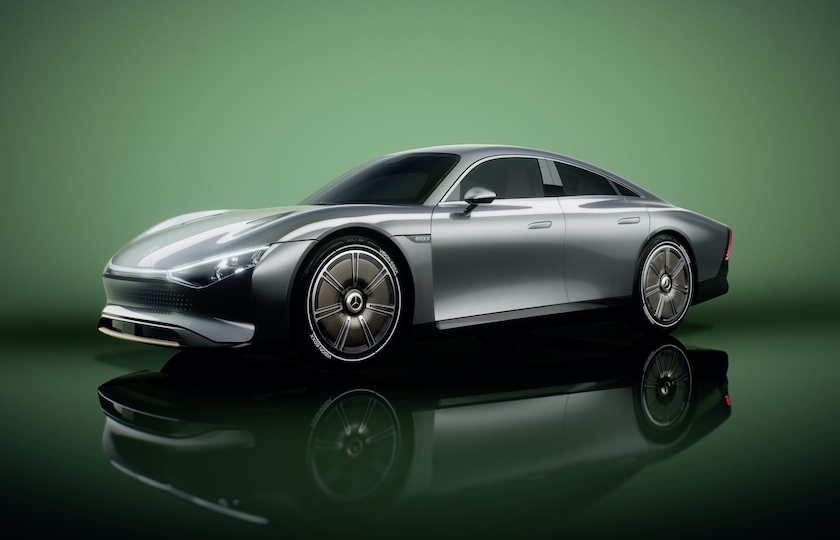Mercedes-Benz has marked a bold step on its path towards converting to an all-electric range, unveiling a new model with a longer range between charges than any EV on the market.
The German company has effectively addressed the greatest barrier to consumers adopting electric vehicles: range anxiety. The new Vision EQXX boasts a range of 1000km on a single charge – about the same as a petrol-powered 2021 model Toyota Camry will deliver on the open road, and significantly more than the 720km around-town reach. All from a battery small enough to fit into a compact car.
According to Solar Reviews, the longest range of market-leading Tesla EVs is just over 405 miles, or 651km, which makes Mercedes’ range of 1000km a significant leap for electric power.
The Vision EQXX – dubbed by Daimler and Mercedes-Benz chairman Ola Källenius as “how we imagine the future of electric cars” – was unveiled at this week’s CES technology exhibition in Las Vegas.
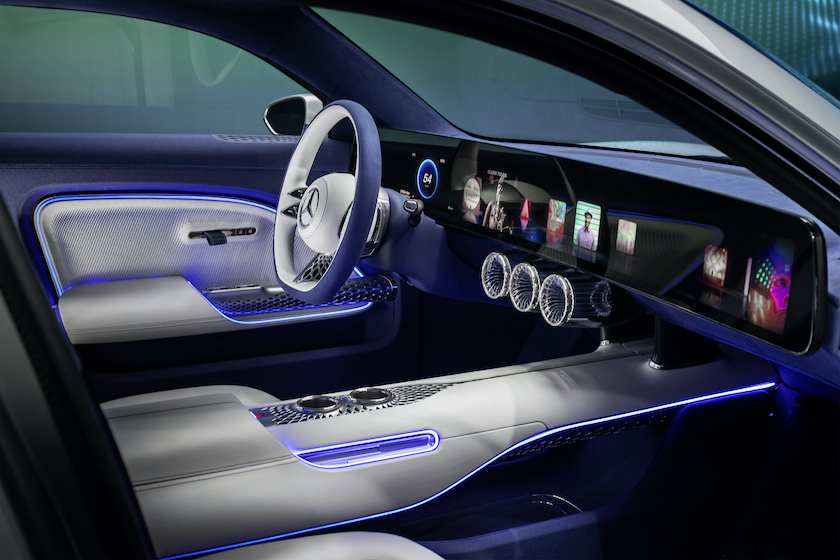
“Just one-and-a-half years ago, we started this project leading to the most efficient Mercedes-Benz ever built – with an outstanding energy consumption of less than 10kWh per 100 kilometres,” said Källenius.
“With that, it underlines where our entire company is headed: we will build the world’s most desirable electric cars.”
The battery pack in the Vision EQXX holds almost 100kWh of energy, yet has 50-per-cent less volume and is 30-per-cent lighter than the benchmark pack in Mercedes-Benz’s previous EQS EV concept car, released in 2019. Ultra-thin roof panels feed the battery system with solar power, providing an additional 25 km of extra range.
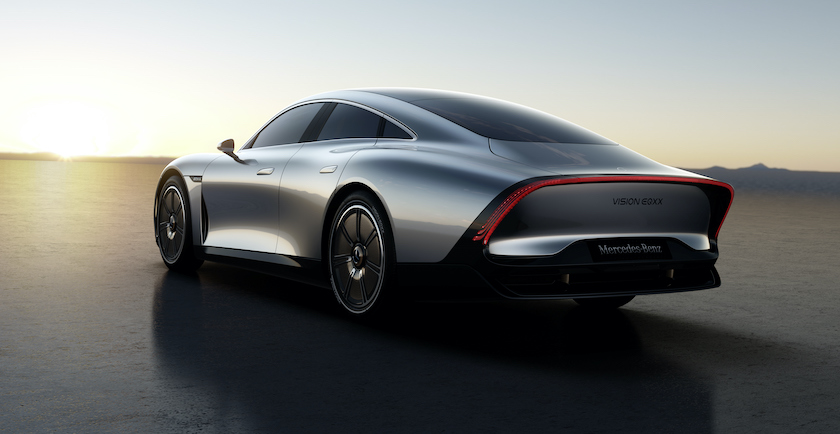
Mercedes-Benz on path towards all-electric vehicles
Last year, Mercedes-Benz said it would invest more than US$45 billion by 2030 to challenge EV industry leader Tesla. From 2025, all of Mercedes-Benz’s new models will be electrically powered as the company begins to phase out all combustion-engine models.
The company believes range and efficiency will define the new era of electric motor vehicles. “Exceptional efficiency will create a virtuous circle of battery size and weight reduction, allowing us to go further with less,” the automaker states.
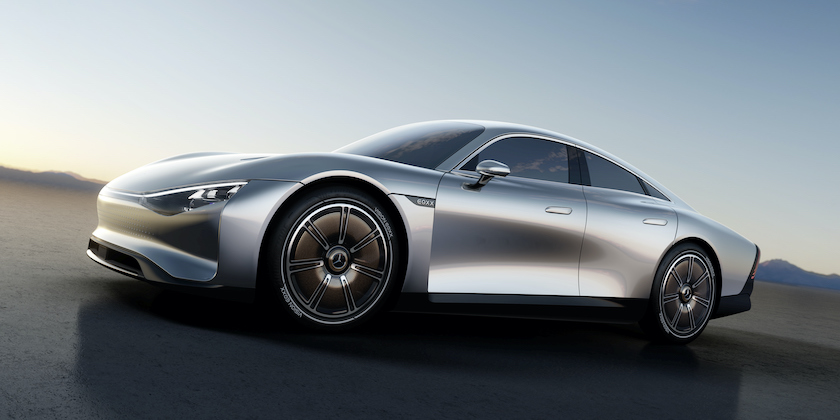
The Vision EQXX is positioned as “a software-driven electric car that re-imagines the road trip for the electric era”. In an expansive technology program, Mercedes assembled a team working with the agility of a startup, focusing on drivetrain efficiency, energy density, aerodynamics and lightweight design, drawing on the expertise of its research and development teams and engineers from its Formula 1 and Formula E teams.
“They are proving that innovations from motorsport – where powertrains are already highly electrified – have immediate relevance for road car development,” explained Markus Schäfer, chief technology officer at Daimler and Mercedes-Benz.
“The technology program behind the Vision EQXX will define and enable future Mercedes-Benz models and features. We are challenging current development processes with innovative spirit and outside-the-box thinking.”
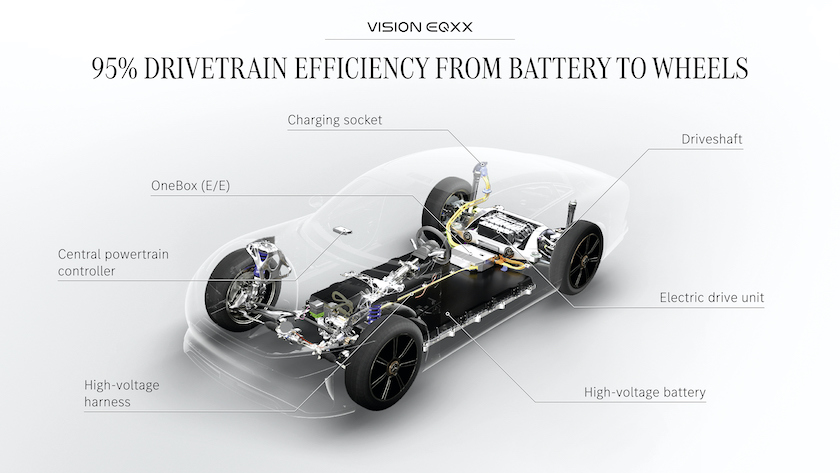
Besides the Vision EQXX’s advanced powertrain and energy efficiency, the development team worked to minimise the car’s carbon footprint and use sustainable materials throughout the vehicle, including components made from plant materials and waste diverted from landfills.
Further reading: Millions of electric vehicles are hitting the world’s roads. But how will we keep them charged?

